Visiting the Monkey Forest (Ubud Monkey Forest) is often included in the plans of Bali tourists. While this experience can be a wonderful way to connect with nature, the risks are very real.
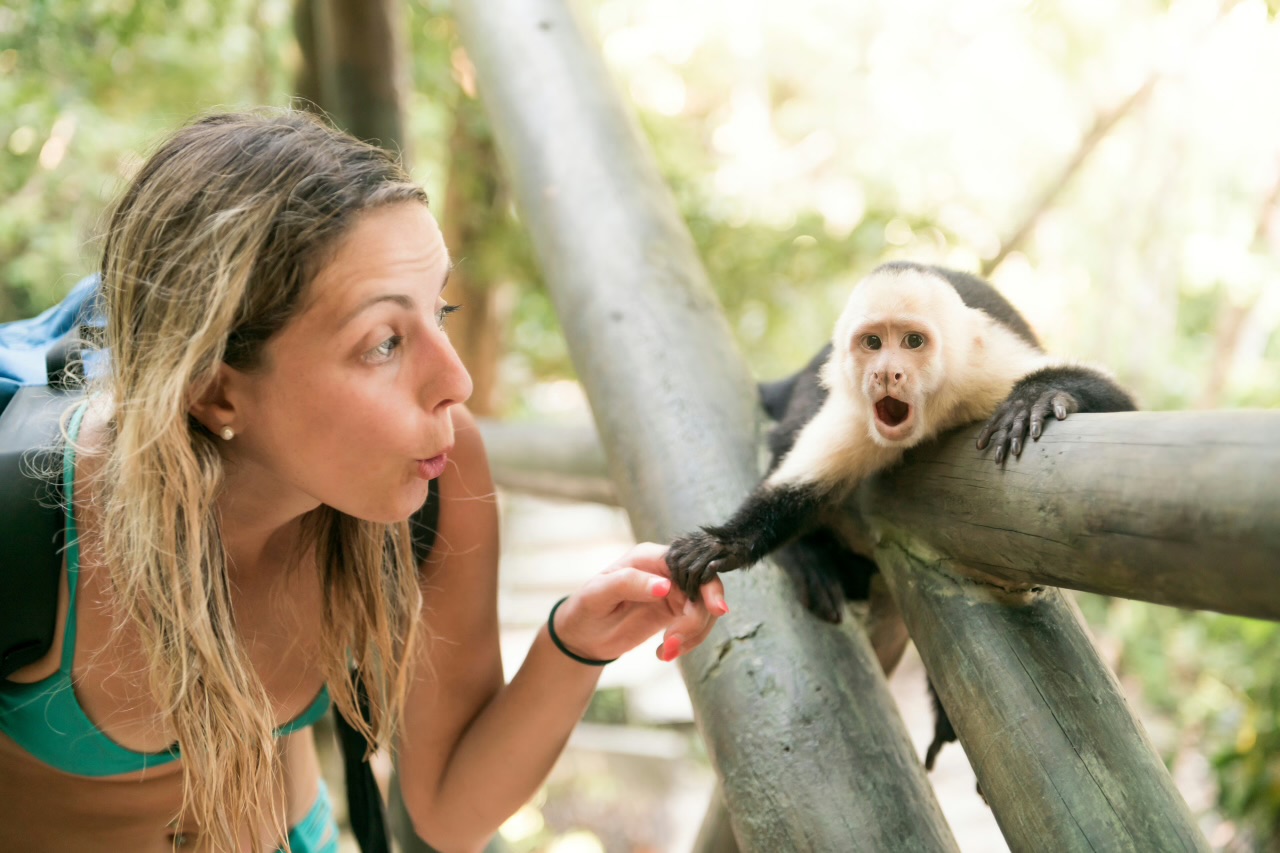
The head of the Gianyar District Animal Health Center, Dr. Nyoman Arya Dharma, spoke about the efforts made by the Gianyar District Agriculture Service to prevent the spread of rabies on the island. Although the government is directing significant resources towards preventing rabies on the island, local communities and tourists must also take personal responsibility and exercise caution. It is crucial to be cautious when near animals that might be rabies carriers. Controlling the monkey population helps reduce the risk of the disease spreading.
Visitors must follow the guidelines for interacting with monkeys in Bali. Avoid touching or picking up monkeys and other wild animals, as there is a risk of being bitten.
Do not feed the monkeys or attempt to interact with them. When taking photos, maintain a safe distance from the animals. Every day, tourists try to engage directly with the monkeys. This not only disrupts the natural behavior of the animals but also increases the risk of rabies transmission.
Monkeys with rabies are generally more aggressive than healthy animals. They will try to bite anyone nearby.
Monkeys with rabies also have more saliva than usual. However, not all infected monkeys show these physical characteristics.
Many individuals look healthy but are actually rabid. Their behavior is not aggressive, and they even appear tamer.
Listed below are the signs of monkey rabies:
- The monkey looks sick or weak.
- Difficulty swallowing food or water.
- Excessive saliva coming from the monkey's mouth.
- Animal behavior is overly aggressive and dangerous.
- Monkeys biting imaginary objects or hallucinating.
- Monkeys that appear tamer or shyer than usual.
- Paralysis or difficulty moving.
In the event of a bite, immediately wash the wound with soap and running water and seek medical attention.
In the most popular Monkey Forest in Bali, strict protocols are in place to protect both the local monkeys and visitors from rabies. The park staff explained that they regularly check the health of their wards. Since the park's opening in 1960, there have been no cases of rabies. A rabies test is conducted if staff find a monkey that has died without an apparent reason. In such cases, following the recommendations of the Udayana University Primate Research Center, the monkey's body is sent to the Bali Animal Disease Research Center for examination. They take a brain sample for testing. So far, all test results have been negative.
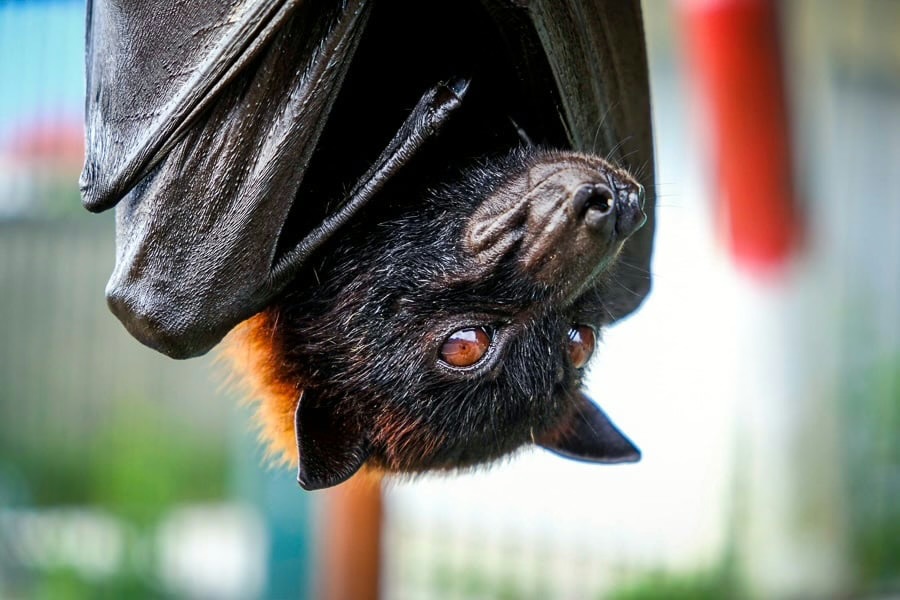
The Monkey Forest conducts an annual mass sterilization program, helping control the forest's population. During these operations, each monkey's health is also assessed. A medical clinic is available in the forest area. If a visitor is scratched, bitten, or comes into contact with monkey saliva, they should report it to the staff immediately and seek medical attention.
While the Monkey Forest in Ubud is a famous attraction, it is not the only place where tourists can see the famous Balinese long-tailed macaques in their natural habitat. Kemenuh Monkey River is located in the Sukawati area, just 20 minutes' drive from the center of Ubud. Visitors can relax and observe the local monkey troops, as well as rare white monkeys and flying foxes.
Monkeys can also be found at the Uluwatu Temple on the Bukit Peninsula. Be cautious - besides the risk of being bitten, you also risk theft. Keep an eye on your valuables - sunglasses, phones, and bags to protect them from the mischievous thieves.
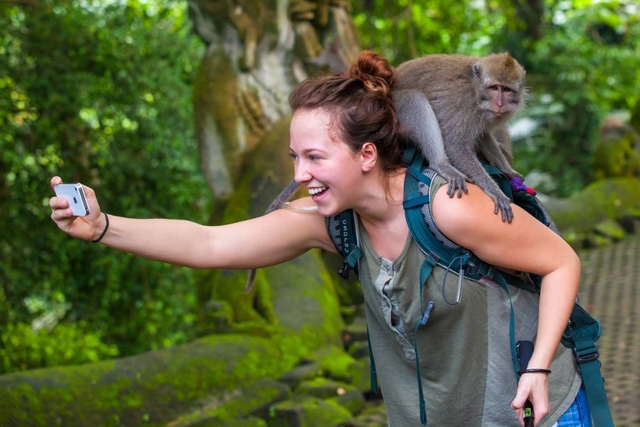
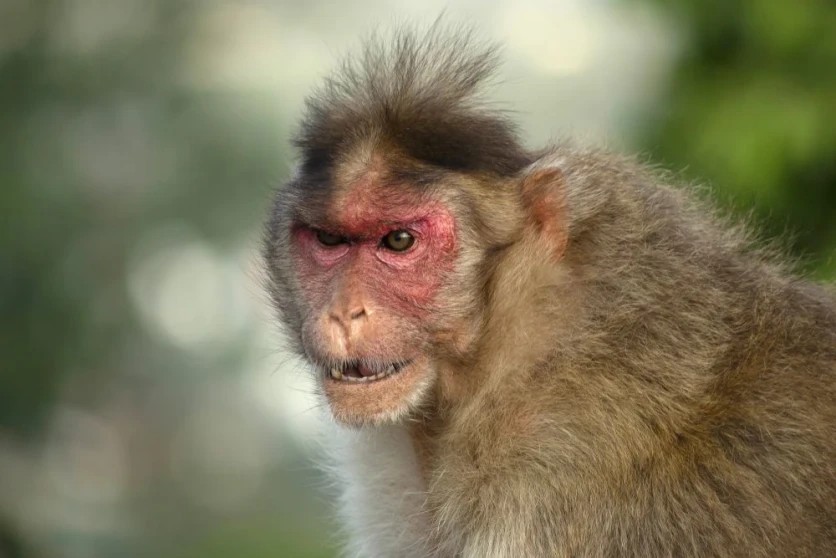
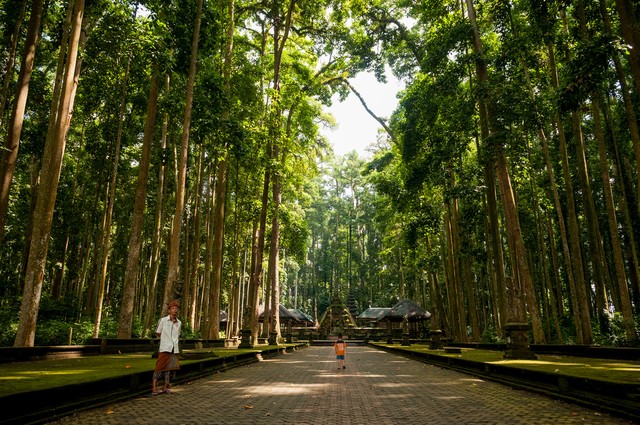
You can add one right now!